Hirokazu Narui
A DIRT-T Approach to Unsupervised Domain Adaptation
Mar 19, 2018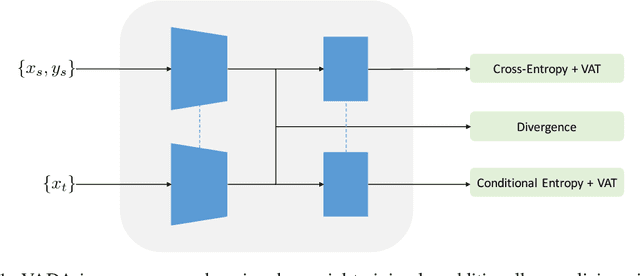
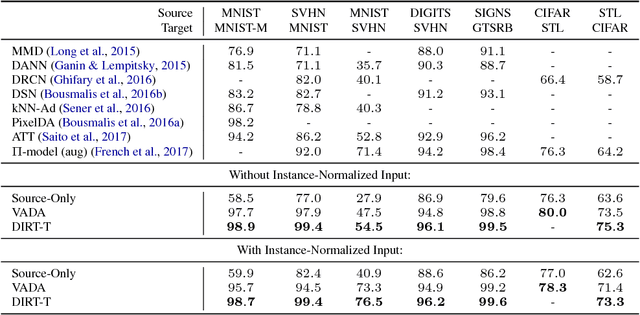
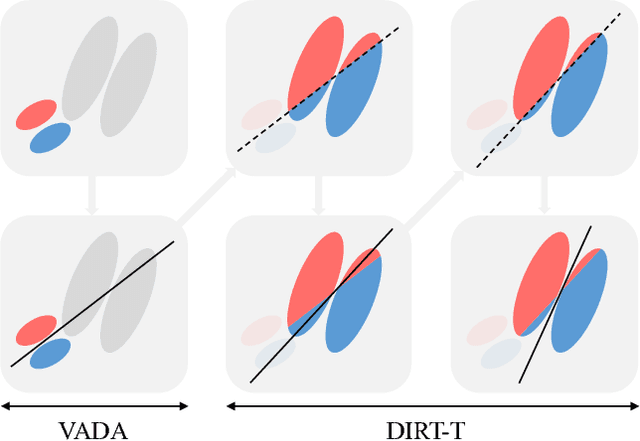
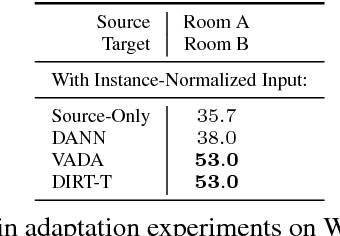
Abstract:Domain adaptation refers to the problem of leveraging labeled data in a source domain to learn an accurate model in a target domain where labels are scarce or unavailable. A recent approach for finding a common representation of the two domains is via domain adversarial training (Ganin & Lempitsky, 2015), which attempts to induce a feature extractor that matches the source and target feature distributions in some feature space. However, domain adversarial training faces two critical limitations: 1) if the feature extraction function has high-capacity, then feature distribution matching is a weak constraint, 2) in non-conservative domain adaptation (where no single classifier can perform well in both the source and target domains), training the model to do well on the source domain hurts performance on the target domain. In this paper, we address these issues through the lens of the cluster assumption, i.e., decision boundaries should not cross high-density data regions. We propose two novel and related models: 1) the Virtual Adversarial Domain Adaptation (VADA) model, which combines domain adversarial training with a penalty term that punishes the violation the cluster assumption; 2) the Decision-boundary Iterative Refinement Training with a Teacher (DIRT-T) model, which takes the VADA model as initialization and employs natural gradient steps to further minimize the cluster assumption violation. Extensive empirical results demonstrate that the combination of these two models significantly improve the state-of-the-art performance on the digit, traffic sign, and Wi-Fi recognition domain adaptation benchmarks.
A Survey of Human Activity Recognition Using WiFi CSI
Aug 23, 2017
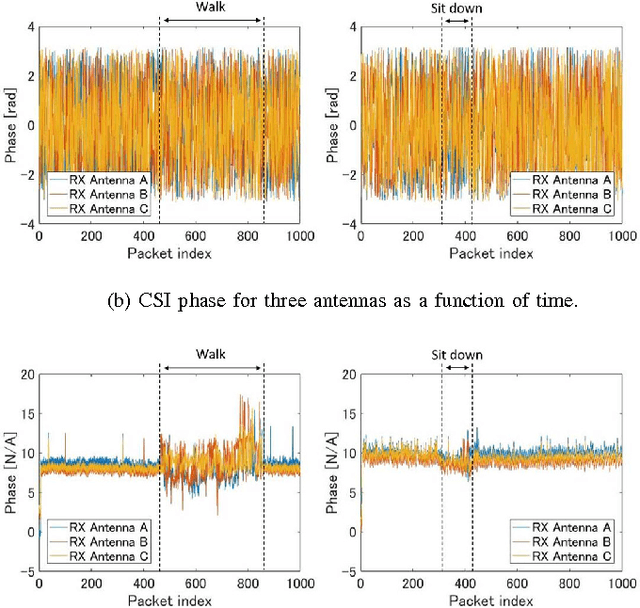
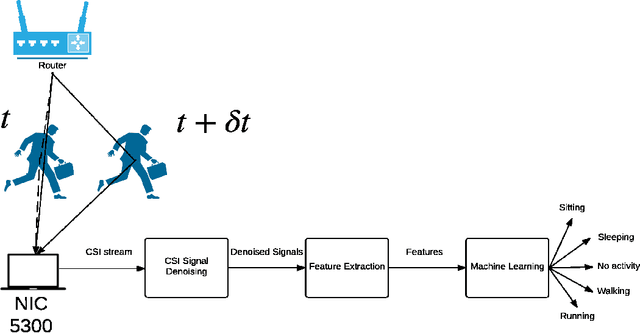
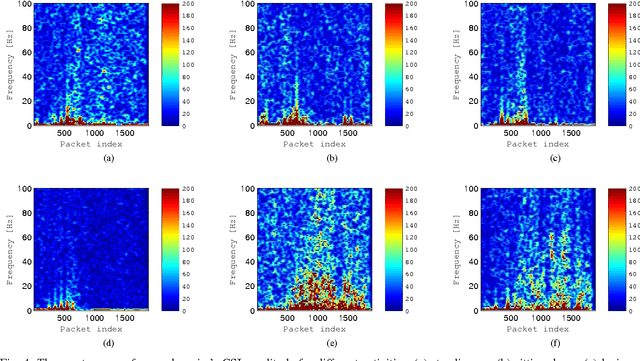
Abstract:In this article, we present a survey of recent advances in passive human behaviour recognition in indoor areas using the channel state information (CSI) of commercial WiFi systems. Movement of human body causes a change in the wireless signal reflections, which results in variations in the CSI. By analyzing the data streams of CSIs for different activities and comparing them against stored models, human behaviour can be recognized. This is done by extracting features from CSI data streams and using machine learning techniques to build models and classifiers. The techniques from the literature that are presented herein have great performances, however, instead of the machine learning techniques employed in these works, we propose to use deep learning techniques such as long-short term memory (LSTM) recurrent neural network (RNN), and show the improved performance. We also discuss about different challenges such as environment change, frame rate selection, and multi-user scenario, and suggest possible directions for future work.
 Add to Chrome
Add to Chrome Add to Firefox
Add to Firefox Add to Edge
Add to Edge